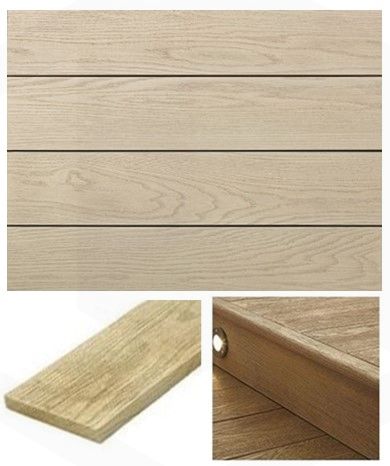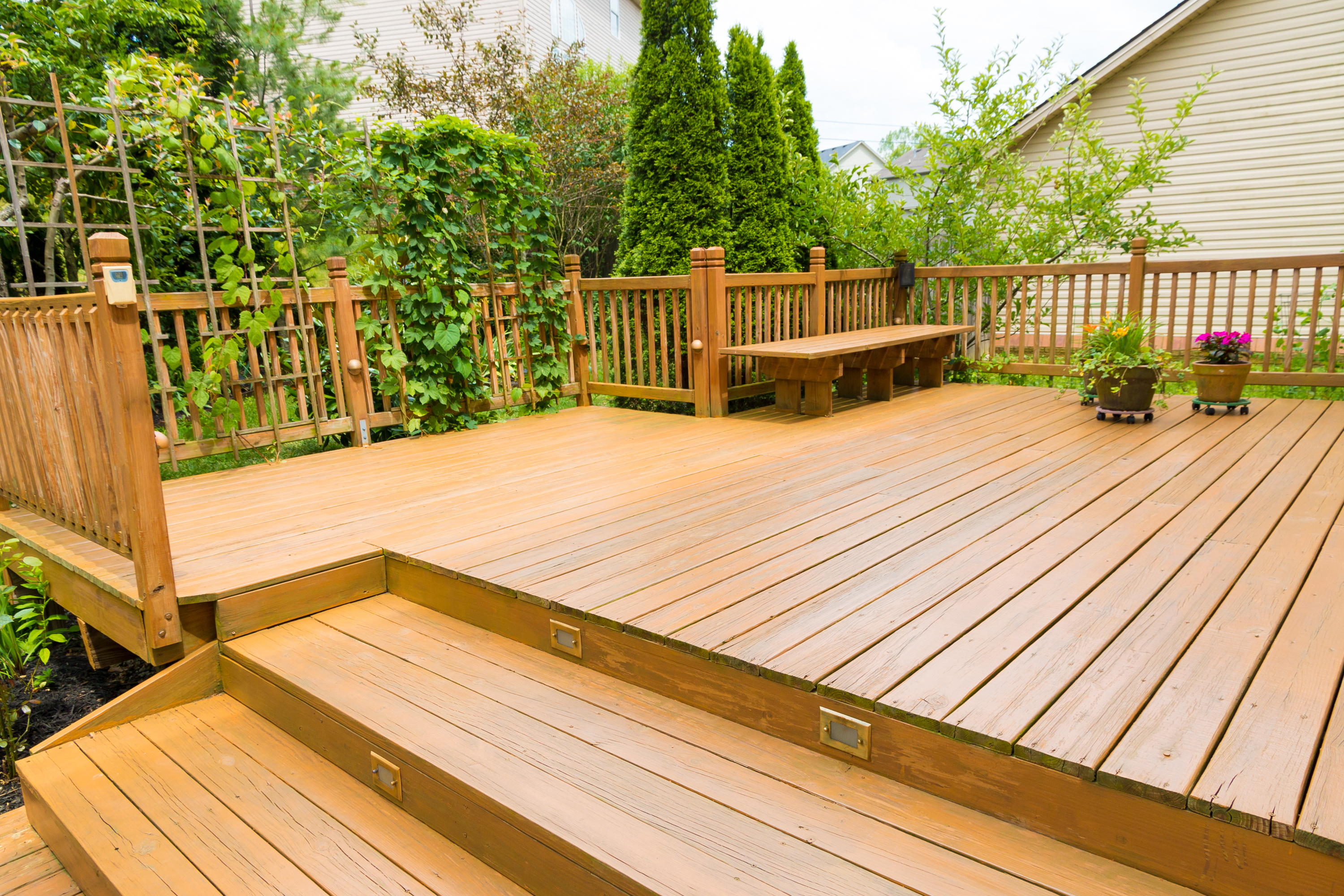The most common differences between C16 & C24 Timber are:
- Strength - Both C16 & C24 timbers are both stable enough to handle the pressure when used in construction applications. Nonetheless C24 timber is the stronger timber of the two, meaning it tends to be the grade of choice for larger projects where strength is essential.
- Quality- Even though C16 and C24 are both strong, durable, and used widely throughout the construction industry, C24 timber offers premium quality for any Construction project as it has less defects.
- Cost - Cost is a massive difference when you are working on a Budget as C16 timber is generally more cost effective as it is typically produced and sourced in the UK whereas C24 graded timber can only be sourced by importing Timber from areas where the climate forces a slow growth rate such as the Scandanavian countries so because of importing costs C24 tends to be more expensive.
- Appearance - C16 timber can sometimes have a few defects that impact the overall appearance. However C24 graded timber as it's a premium graded timber has less visible defects and a more premium and consistent appearance. This makes it the preferred choice for products where the timber is going to be visible to the eye.
What is C16 Timber?
C16 timber is one of the most commonly used types of timber used in UK Construction.
C16 is a kiln-dried timber that is regularly used in a wide range of building applications, this timber is often used in internal building projects such as joists for walls, floor, and roofs. C16 timber offers strength, compression and density, factors that are highly sought after in the construction industry, the timber is also highly cost-effective which is ideal for local budgeted projects.
C16 timber is generally more cost-effective than other grades of timber because it can have some defects, including grain deviations, which can impact the strength of the timber, as well as cosmetic marks such as sap stains and uneven surfaces.
What is C24 Timber?
C24 timber is of the highest quality timber available in Construction.
Although a higher grade it's similar to C16 timber, C24 is also kiln-dried to reduce the moisture content, this product most often has fewer defects, in terms of both characteristics and the overall appearance. This makes C24 timber stronger and more resilient. It also looks more pleasing if the application is going to be visible.
Although C16 is cheaper it has to be used at closer centres for example on a floor where C24 can be used at wider centres reducing the amount of C24 required, I would focus on the growing time and the reasons why C24 is a more stable timber, C16 is usually grown and harvested over 30-40 years and grows fast, whereas C24 is harvested 70-80 years and is grown slow making it more stable.
As a company we only sell C24 timber as it's a premium grade product, check out our full range below:
Is C24 & C16 graded Timber suitable for outdoor use?
Yes, both C24 & C16 graded timber can be used for outdoor uses such as deck-boards or exterior projects as long as the Timber is Kiln dried and pressure treated as this protects the timber from Fungal and insect attacks and over time weathering factors.
What happens to my graded timber if I cut it, will it lose it's grading?
Yes, if you cut your timber in any way you could lose the grading of the Timber. In order for your timber to retain it's grading, you would need to have it regraded and treated before it could be used.
What are the common uses for C16/C24 Timber?
The common uses for C16 & C24 graded timber are:
- Deck boards
- Studwork for partition walls
- Rafters
- Floor & Roof joists
- Landscaping projects
- Shuttering and much more..
Find out more about our chain of custody and FSC accreditation















